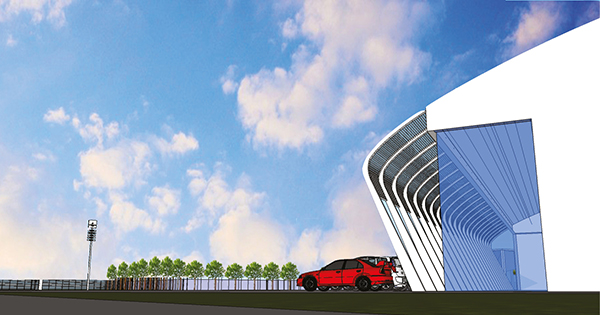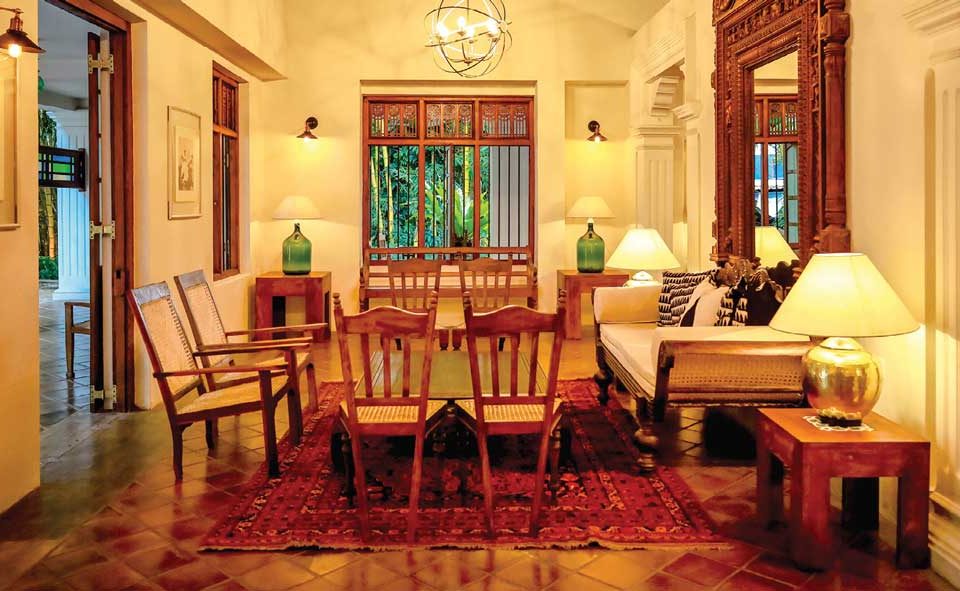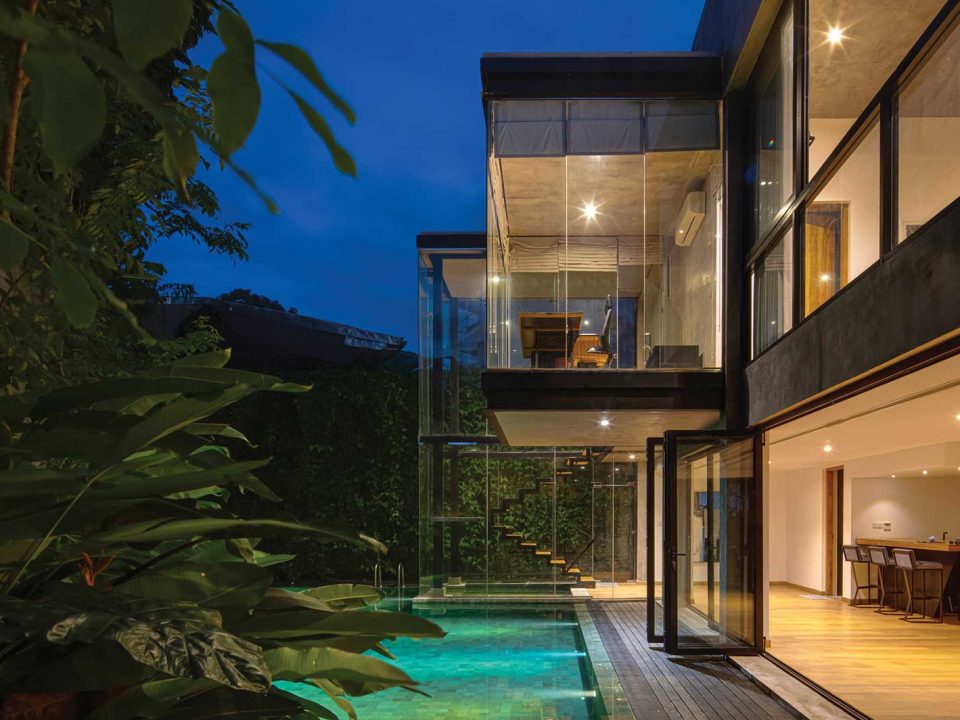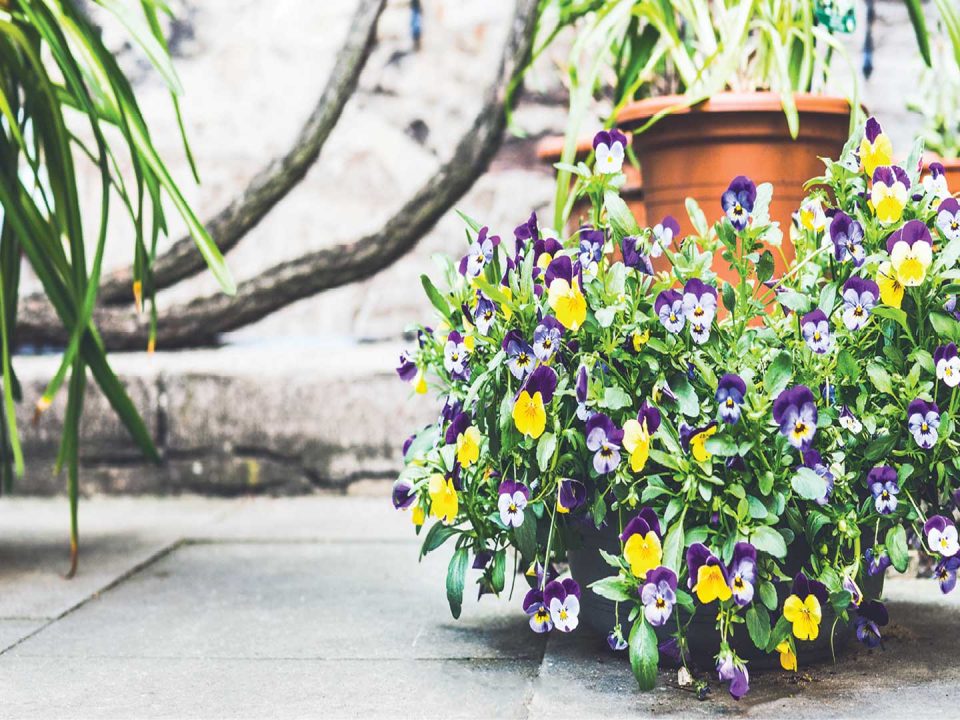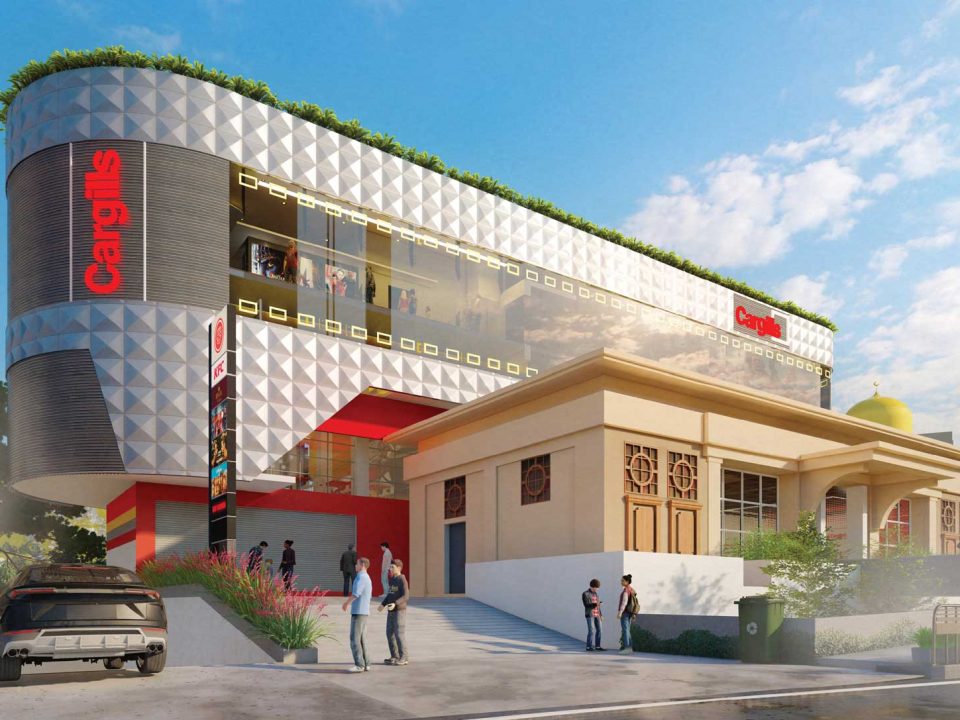TALKING SPACES

Katherine Johnson: Hidden Figures Nasa mathematician dies at 101
February 25, 2020
PORTFOLIO
February 25, 2020
Properly designed buildings are sustainable structures
Jayanath Silva in conversation with Lashani Ramanayake
Inspired by his draftsman grandfather and directed to the field of architecture by his father, Jaya-nath Silva is the Joint Managing Director and CEO of Genesis Design. Having worked under the late great Deshamanya Geoffrey Bawa and acknowledging him as a role model, mentor and guru, Silva pursues his penchant for minimalistic buildings, which he says brings inner peace and a sharper focus for their occupants. But this doesn’t prevent him from creating more eclectic designs; his fusion architecture in traditional and modern form, as well as low-cost buildings, stand as a testament to his skills.
Q: Balancing design, functionality and aesthetics is fundamental to creating a masterpiece. How can this be accomplished in today’s context?
A: In my view, architecture can be addressed at three levels – viz. functional, aesthetic and psychological. However, it’s vital that architect designed buildings first accomplish their functionality element. So architects must begin designing with functionality as their foundation.
While every architect endeavours to design buildings that are beautiful, many projects are worked on within strict budget constraints. Using every opportunity, archi-tects try their hardest to design timeless buildings.
An example of such an effort is the War Memorial for the Sri Lanka Air Force in Ekala, which was designed to touch the inner being. It’s through such enduring structures that artists, poets and architects alike stamp their place in history.
Q: What other features should architects pay attention to when designing spaces?
A: Today, every commission is a competition and we need to be professional to the core. Efficient planning with minimal wastage must be pursued while construction materials should be chosen carefully. Considerable thought needs to be given to life cycle expenses too as they tend to be more costly than the initial outlay for a build-ing.
Q: How would you describe the prevailing construction landscape in Sri Lanka?
A: Current trends in architecture weave between modern and a touch of clean regionalism. Corruption in the country has affected the industry and the nation’s leadership isn’t listening to its professionals.
Q: Considering factors such as materials, energy and cost, how can long-term efficiency of eco buildings be ensured?
A: Architect Sir Norman Foster holds the view that designing correctly is sustainable and I agree with him. Eco building is not achieved only through mechanical devices but by designing while considering the fundamentals such as solar orientation, controlling heat gain, directing passive cooling with wind patterns, evaporative cooling, sun shading and so on.
Chartered environmentalists and builders in organisations like ours understand where these sustainable principles must be incorporated when a building project is commissioned. This ensures that the long-term costs in the life cycle are reduced by as much as five percent in each new building, thereby accruing substantial project savings.
Q: What’s your view of the future of architecture in Sri Lanka?
A: Architecture has improved in leaps and bounds in the recent past. With students we’ve taught excelling now, I believe Sri Lanka has the potential to become the next Scandinavian type design epicentre.





